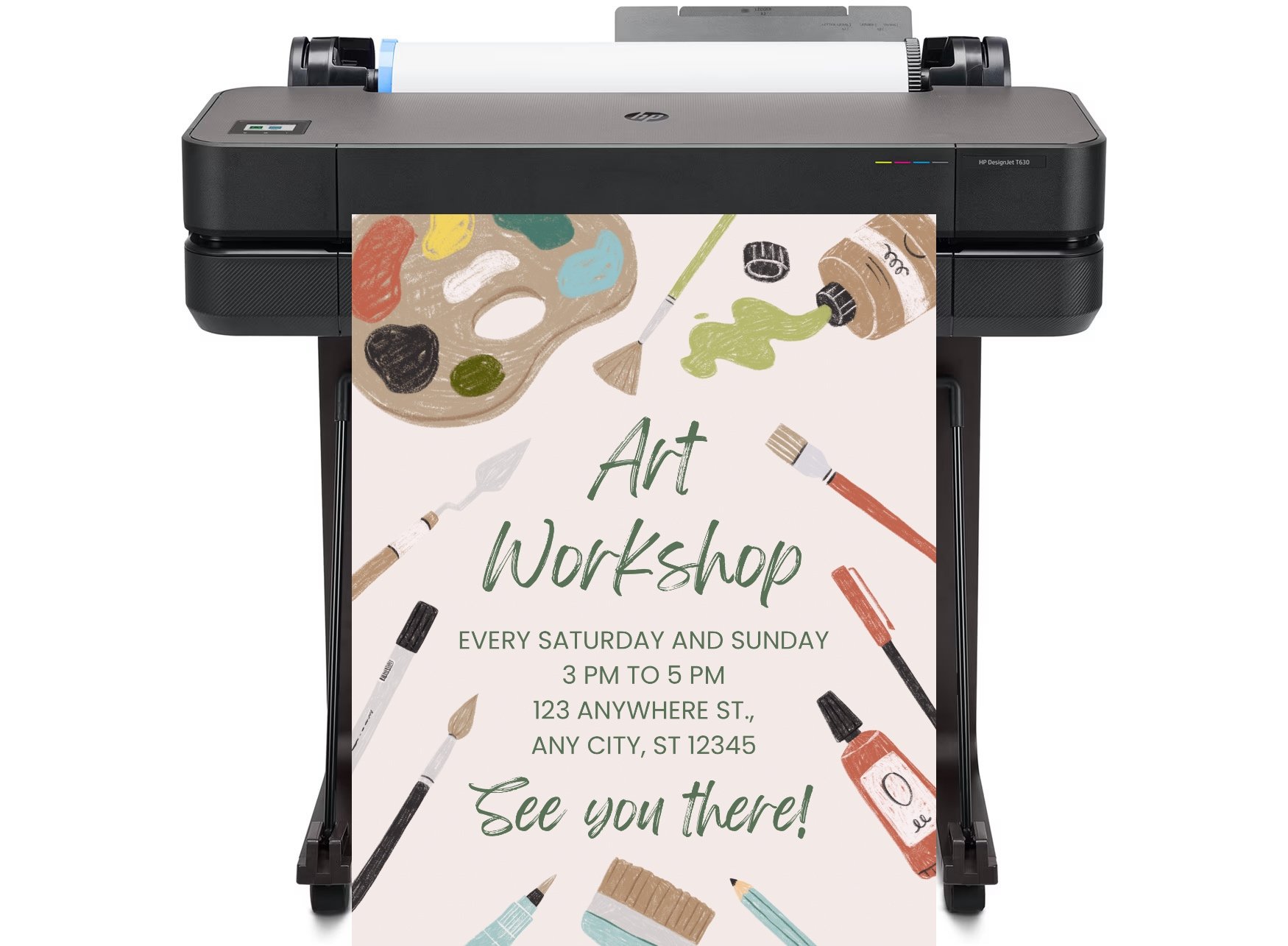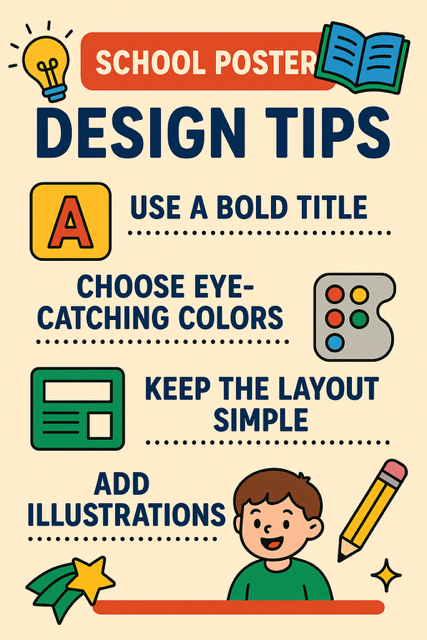
DISCOUNTED EDUCATION PRICING! CALL 1-877-891-8411. We Gladly Accept School Purchase Orders!

School posters are more than wall decorations—they’re dynamic tools that spark curiosity, communicate ideas, and transform classrooms into inspiring spaces. Whether you’re hyping up a talent show, teaching the water cycle, or celebrating student achievements, a well-crafted poster can leave a lasting impact. This guide dives into creative, practical, and engaging tips to design school posters that grab attention and enhance learning, with a deep dive into why classroom visuals are so powerful. Looking to design the perfect poster? Let’s make posters that students can’t stop talking about!
Classroom visuals like posters aren’t just eye candy—they’re educational superheroes. A 2019 University of Iowa study found that visuals can boost information retention by up to 65% compared to text alone. That’s a game-changer for students of all ages. Here’s why visuals are critical in the classroom:
By prioritizing classroom visuals, you’re not just decorating—you’re shaping an environment where learning thrives. Now, let’s explore how to design posters that maximize this impact and captivate every student. These school poster tips will surely help.
Great posters start with clarity. Are you rallying students for a book fair, explaining ecosystems, or honoring cultural heritage? Knowing your audience—kindergartners, teens, or parents—and your goal drives every design choice. For example:
Pro Tip: Add a call-to-action (CTA) to spark action. For events, try “Get your tickets now!” For educational posters, a prompt like “Test this theory!” encourages hands-on learning.
Visual hierarchy is your poster’s roadmap, guiding eyes to the most important info first. Here’s how to master it:
For a poetry slam poster, a striking headline like “Unleash Your Words!” in bold font, followed by event details in smaller text and a microphone graphic, creates a clear, engaging flow.
Color is your poster’s secret weapon—it grabs attention and sets the mood. Here’s how to wield it:
For a poster on ocean conservation, use blues and greens to evoke water, with white text for key messages like “Save Our Seas!” to stand out.
Typography gives your poster personality while ensuring clarity. Here’s how to pick the perfect fonts:
For a chemistry poster, a futuristic font like Futura for headings and a readable font like Open Sans for explanations strikes a balance between cool and clear.
Graphics bring your poster to life, but quality matters. Here’s how to make them shine:
For a physics poster, a vibrant illustration of orbiting planets can draw eyes, with clear labels explaining gravitational forces.
A school poster isn’t effective if it’s hard to read or excludes anyone. Here’s how to make it accessible:
A classroom rules poster might use bold, large text for phrases like “Be Kind” and “Stay Curious,” with high-contrast colors for universal readability.
You don’t need to be a graphic designer to create epic posters. Free tools like Canva, Adobe Express, or PosterMyWall are perfect for educators:
For advanced creators, Adobe Illustrator offers limitless customization. On a budget? Canva’s free version has everything you need to shine.
Before you hit print, test your poster:
If a drama club poster feels too crowded, cut extra graphics or streamline text to let the core message shine.
Stand out with unique touches:
For a recycling campaign, include a QR code to a “How to Recycle” video or let students contribute slogans for a personal touch.
School posters are your canvas to spark student engagement, foster creative learning environments, and inspire visual learning. By crafting posters with clear purpose, striking visual hierarchy, vibrant color schemes, and bold typography, you create tools that captivate and educate. These classroom visuals do more than decorate—they shape how students connect with ideas and each other, building a positive classroom culture. Whether it’s a science fair poster, a literacy campaign, or a school event promotion, your designs can ignite curiosity and community. So, dive into graphic design for teachers with tools like Canva, unleash your creativity, and watch your educational posters transform your classroom into a hub of inspiration. Start designing today—your students are waiting for the magic!